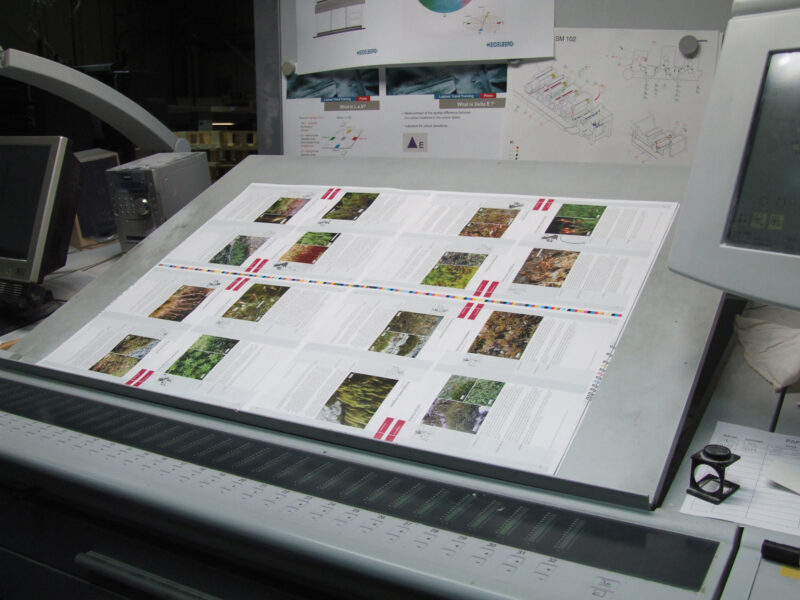Ordering
The Field Guide is available from the BBS at £30 per copy, plus postage for non-UK orders.
For UK orders only, order online using PayPal (PayPal account not required.) using the link below. You can order multiple copies.
If you would like a copy delivered outside the UK, please email fieldguide@britishbryologicalsociety.org.uk for more information on postage charges.
If you wish to order 10 copies or more for delivery within the UK, the price is reduced to £25 per copy. Please email Sean O’Leary at fieldguide@britishbryologicalsociety.org.uk if you would like to take advantage of this.
For deliveries within the UK, click on the PayPal button below and you will be taken to the secure PayPal server where you can specify the quantity you require and will be asked for your details. Payment can be made by credit or debit card.
NB: For customers outside the UK, the buyer is responsible for dealing with local Customs, paying any duties, taxes and handling charges that may be incurred.
A brief history
The want of a field guide was for many years a great hindrance to developing interest in British and Irish field bryology. Existing books – even those aimed at beginners – abounded in scientific terminology and required use of a microscope to follow the identification keys. Bryophytes were deemed too difficult, or too ‘niche’ for commercial publishers to consider producing a field guide. However, in 2004 Mark Lawley put forward a strong argument for a field guide to the BBS Council; his proposal was accepted and work began later that year.
Alan Hale agreed to start formatting files to go on-line so that work could be shared, and 2005 saw the first progress reports and sample-accounts of species published in Field Bryology. In spring 2006, Ian Atherton offered to design and prepare files for publication, and became a co-editor. John Birks and Des Callaghan provided a critical mass of photographs. In 2007 Sam Bosanquet, who by that time had already written many texts for species accounts, as well as providing photographs, joined the editorial team. In 2008, 50 copies of a prototype were printed for trialling by contributors and other invited bryologists. 2009 was spent amending and updating material for the guide, proof-reading, processing pre-publication orders, and finalising which printer to use.
First print run of the Field Guide at Latimer Trend
In February 2010 the BBS published its Mosses and Liverworts of Britain and Ireland: a Field Guide, and it was an immediate success. Sales soon exceeded initial estimates and a second print run was required only 2 months after publication. Reviews were generally favourable, and some downright glowing. Beginning bryologists were no longer deterred by scientific terminology, mastery of which was previously considered a rite of passage for becoming a bryologist. By filling this gap in the market, the guide made a group that had largely been the realm of specialists into an accessible and popular interest for naturalists in the wider community.
10 years on, and the Field Guide is still the first recommended book for aspiring bryologists, not just in the UK but also in Europe and beyond. Sales remain steady at around 500 copies each year, and bring income to the BBS which enables it to further its charitable aims of promoting a wider interest in bryology. A success, whichever way you look at it.
But the journey to produce the Field Guide was not without its difficulties. In an article published in Field Bryology the year following its publication, Mark Lawley revealed some of the challenges faced throughout the production of the Field Guide, not least the contention within the ranks of the BBS, and the problems of trying to get contributors to stick to deadlines – a wry and often amusing look at the workings of the BBS, and well worth reading if you haven’t already.
Field Bryology #103 - Pregnancy and post-partum





